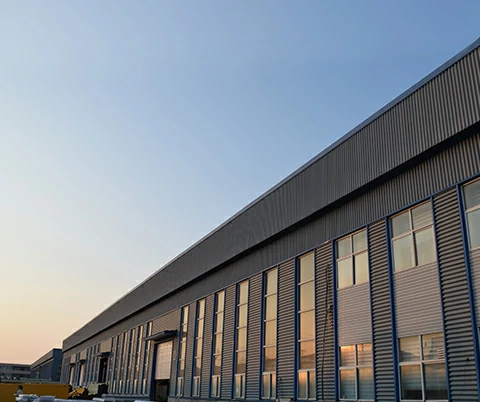loading...
- No. 9, Xingyuan South Street, Dongwaihuan Road, Zaoqiang County, Hengshui, Hebei, China
- admin@zjcomposites.com
- +86 15097380338
- Welcome to visit our website!
grating de frp
Understanding Grating in FRP (Fiber Reinforced Polymer)
Fiber Reinforced Polymer (FRP) materials have gained significant attention in various industries due to their unique properties, such as high strength-to-weight ratios, corrosion resistance, and durability. One of the applications of FRP materials that deserves particular focus is the use of FRP grating. This article will explore what FRP grating is, its benefits, applications, and considerations in its usage.
What is FRP Grating?
FRP grating is a type of structural platform made from composite materials that consist of a polymer matrix reinforced with fibers, typically glass or carbon fibers. The combination of these materials results in a lightweight, yet robust structure capable of providing support in diverse environments. FRP grating is manufactured through a process involving laying down layers of fiber and resin, which are then cured to create a solid, rigid product. The grating panels are often designed with a series of interconnecting bars that create a grid-like structure, offering a slip-resistant surface while allowing for water drainage and ventilation.
Benefits of FRP Grating
1. Corrosion Resistance One of the most significant advantages of FRP grating is its excellent resistance to corrosion. Unlike traditional materials like steel or aluminum, FRP does not rust or corrode when exposed to chemicals, moisture, or harsh environmental conditions. This property makes it ideal for applications in chemical plants, wastewater treatment facilities, and marine environments.
2. Lightweight Design FRP grating is significantly lighter than metal grating, making it easier to install and transport. Its lightweight nature reduces the load on supporting structures and can lead to cost savings in transportation and installation.
3. Durability The use of reinforced fibers enhances the strength and durability of FRP grating, allowing it to withstand heavy loads without deformation. This durability extends the lifespan of the grating, minimizing the need for replacements.
4. Non-Conductive Properties FRP is non-metallic, making it an excellent choice in environments where electrical conductivity is a concern. In industries such as oil and gas or in facilities handling hazardous materials, the non-conductive properties of FRP grating help improve safety standards.
5. Customization FRP grating can be manufactured in various sizes, shapes, and colors, allowing for customization to meet specific project requirements. Additionally, the surface finish can be modified to enhance slip resistance or aesthetic appeal.
grating de frp

Applications of FRP Grating
FRP grating is widely used across multiple sectors, including
- Industrial Facilities Due to its corrosion resistance and durability, FRP grating is often found in chemical processing plants, food processing facilities, and water treatment plants.
- Infrastructure It is used in bridges, walkways, and platforms where weight savings and durability are critical.
- Marine Applications FRP grating is commonly used on docks, piers, and ship interiors because of its ability to withstand saltwater exposure.
- Architectural Features In addition to its functional uses, FRP grating can also serve an aesthetic purpose in architectural applications, providing decorative floorings or wall paneling.
Considerations in Using FRP Grating
While FRP grating has numerous advantages, some considerations must be noted. The initial cost of FRP products can be higher than traditional materials, but the long-term savings in maintenance and replacement make it an economically viable option. It’s also essential to consider the specific chemical and environmental exposures the grating will encounter to select the appropriate type of resin and fiber reinforcement.
Conclusion
FRP grating presents an innovative solution for various industrial and architectural applications. Its lightweight, corrosion-resistant, and durable nature offers significant advantages over traditional materials. As industries continue to explore advanced materials like FRP, the versatility and adaptability of FRP grating are likely to lead to its increasing use in projects worldwide.
-
Premium FRP Handrail for All ApplicationsNewsAug.29,2025
-
Low Maintenance FRP Mini Mesh Grating ProductsNewsAug.29,2025
-
Innovative FRP Square Tubes for Modern Industrial SolutionsNewsAug.29,2025
-
FRP Water Storage Tanks Wholesale Solutions for Bulk BuyersNewsAug.29,2025
-
FRP Molded Grating Solutions for Diverse Industrial ApplicationsNewsAug.29,2025
-
Construction Advancements Through FRP Pultruded ProfilesNewsAug.29,2025
-
Why Choose FRP Railings, Guardrails, and Handrail Systems?NewsAug.29,2025
